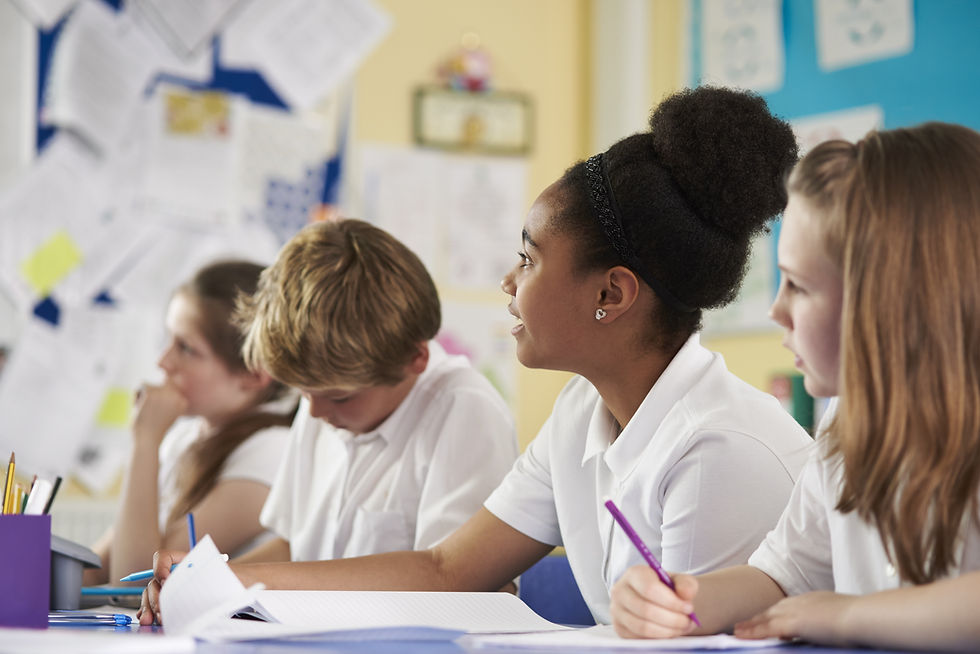The Lost Art of Letter Writing—And How It’s Making a Comeback for Kids
- Rich Calcutt
- Mar 18
- 3 min read
Updated: Apr 15
A Forgotten Skill, Rediscovered
Once upon a time, writing a letter was a rite of passage. It was how childhood friendships were built across continents, how pen pals exchanged stories, and how kids learned the magic of expressing themselves through words. Fast forward to today, and letter writing has been quietly pushed aside in favour of texts, emojis, and 10-second voice notes.
But here’s the thing: writing, especially by hand, isn’t just a school requirement—it’s a powerful skill that helps kids think, communicate, and connect in ways that go far beyond the classroom. Yet, in a world of instant messaging and auto-correct, many children are missing out on the deeper learning and joy that comes from putting pen to paper.

How Writing (Real, Handwritten Writing) Still Matters
Sure, we live in a digital age, but that doesn’t mean traditional writing is obsolete. In fact, studies show that kids who regularly write by hand develop better memory, stronger literacy skills, and a greater ability to articulate their thoughts. There’s something about physically forming letters and sentences that makes ideas stick.
And let’s be honest—receiving a letter in the post is just more exciting than an email.
Learning Through Letters: A Time Machine for Young Minds
Now, imagine taking that experience one step further. Instead of writing to a classmate or a cousin, what if your child could write to someone from the past? Someone like Albert Einstein, Cleopatra, or Leonardo da Vinci?
That’s where Dear History comes in. Our unique pen pal service lets children send letters to legendary historical figures—asking them anything from “What was it like to be a queen?” to “How did you come up with E=mc²?” In return, they’ll receive a beautifully crafted, personalised reply in the post, written in the authentic style of their chosen figure.
It’s not just fun—it’s a gateway to history, critical thinking, and storytelling. Through the art of letter writing, kids don’t just learn about the past; they engage with it, question it, and bring it to life.

The Magic of Asking (and Answering) Questions
At its core, letter writing is about curiosity. It teaches children to ask meaningful questions, think about their world, and express themselves clearly. And when their pen pal happens to be someone from another time and place, that curiosity expands in ways textbooks simply can’t replicate.
Picture your child getting a reply from Charles Darwin explaining his theories, or from Florence Nightingale sharing what it was like to change the face of modern medicine. Each letter is a mix of storytelling, historical fact, and encouragement—designed to ignite a love of learning that lasts a lifetime.
Bringing Back the Joy of Real Mail
Let’s face it: kids don’t get much exciting mail these days. Bills, bank statements, and takeaway menus? Not exactly thrilling. But receiving a personalised letter addressed just to them? That’s a moment of pure magic.
With Dear History, we’re bringing back the lost art of letter writing—not just as a nostalgic throwback, but as an incredible tool for learning, connection, and discovery.
Let’s Make History Personal
The past isn’t something to memorise. It’s something to experience, explore, and interact with. And what better way to do that than through the simple, powerful act of writing a letter?
So, if you’re ready to give your child a pen pal like no other, let them take a trip through time—one letter at a time.

コメント